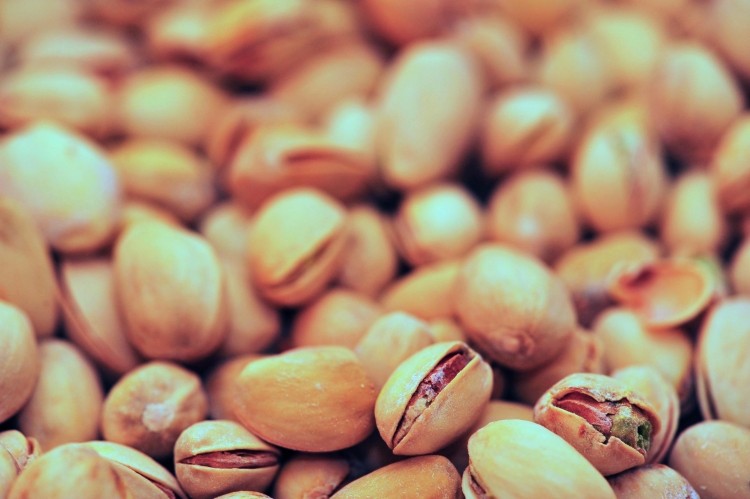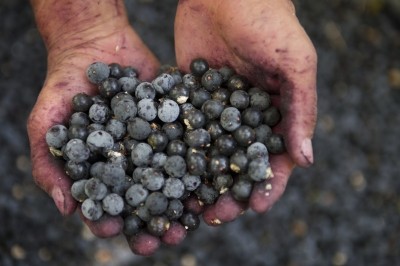Can pistachio hulls be a functional ingredient?

“The results of this study showed that pistachio hull represents a rich source for value-added products with potential in food supplement and drug industries,” wrote the researchers in a study published in Food Chemistry.
According to researchers from the Plants for Human Health Institute of North Carolina State University, pistachio hulls have a phytochemical composition with a mixture of anacardic acid homologues that are known for their pharmacological activities, as well as antioxidant and anti-inflammatory activities.
Study design
Pistachios from California, where more than 98% of American pistachios are grown, were provided by the American Pistachio Growers for the study. The fresh raw un-hulled pistachios were harvested in September 2013.
The hulls were removed within 24 hours of harvest and freeze-dried. Then, the hulls were finely ground using an analytical mill.
For this study, the researchers prepared non-polar and polar extracts, which were “fractionated and subjected to an anti-inflammatory cell culture assay, and a complete phytochemical analysis for bioactive components,” they wrote.
Higher total phenolics and flavonoids compared to fruit
The researchers found that the “the total phenolics and total flavonoids in pistachio hull are higher than corresponding values in many edible fruits and vegetables considered rich in polyphenols.”
They also found that, because of the hull’s composition of phenolic acids, quinic acids, and a series of hydrolysable tannins, pistachio hull has high antioxidant properties.
The researchers contend that their study is the first to report comprehensively on the phytochemical properties of pistachio hull, “even though such information is important for understanding the high antioxidant activity of this organ and to evaluate its importance as an agro-industrial by-product,” they wrote.
Their findings can be good news for top pistachio producing countries like Iran, who leads globally and the US, who comes in second. Data from the American Pistachio Growers, which the scientists cited in their report, said that from 1976 to 2007, pistachio production increased from 1.5 million pounds to 415 million pounds.
Source: Food Chemistry
Published online ahead of print: doi:10.1016/j.foodchem.2016.04.088
"Chemical composition, antioxidant and anti-inflammatory properties of pistachio hull extracts"
Authors: Mary H. Grace, Debora Esposito, Michael A. Timmers, Jia Xiong, Gad Yousef, Slavko Komarnytsky, Mary Ann Lila














